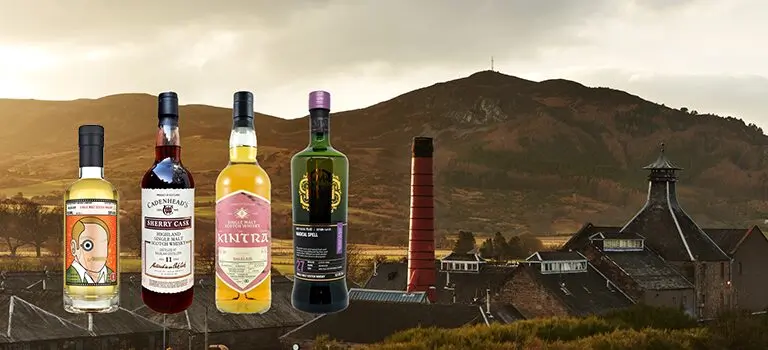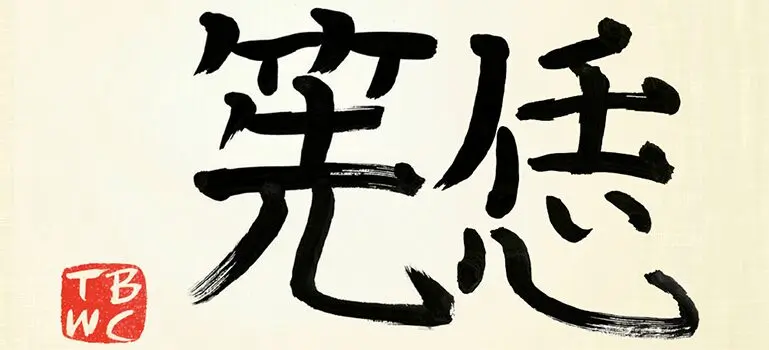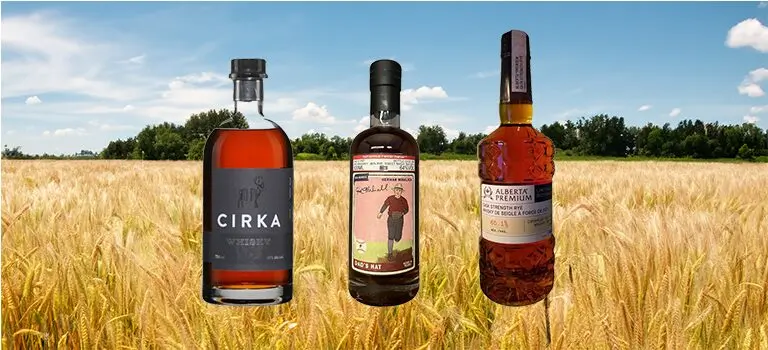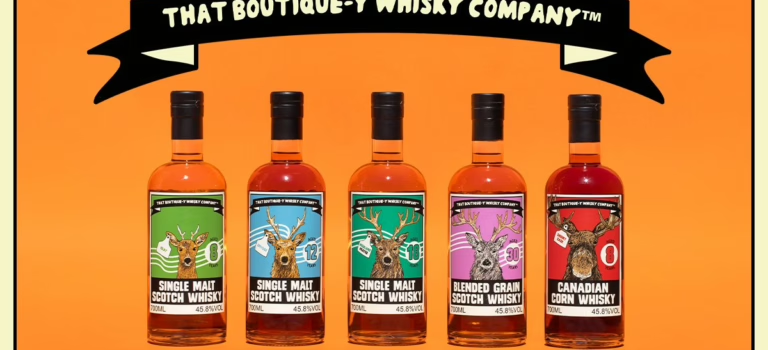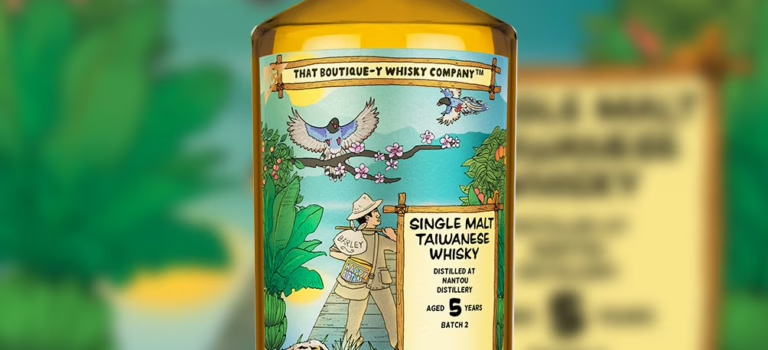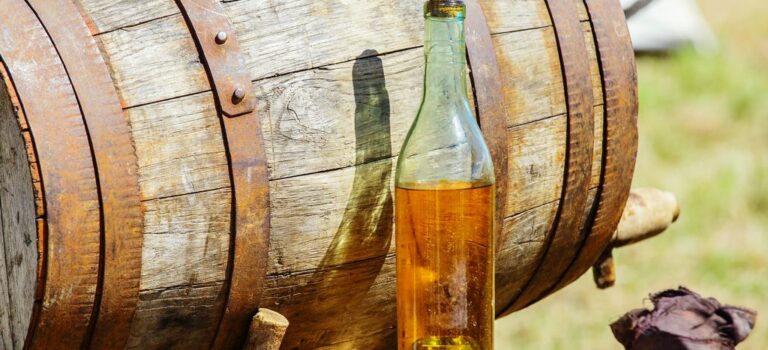Australian whisky is experiencing significant growth, prompting questions about its identity on the global stage. Single malt dominates the scene, offering diverse options from tropical and fruity expressions to wine cask-forward whiskies. Heavy peat varieties are crafted by some Ozie distilleries whilst some others specialise in extensively aged malts. And moreover, Australian whiskies curated by renowned independent bottlers such as Adelphi, That Boutique-y Whisky Company, and others are now accessible, expanding the global reach of Australian whisky. Today we turn our glass to Boutique-y, as we try six Australian whiskies from That Boutique-y Whisky Company as well as an Australian Brandy, that were part of their Return to Oz collection.
Read more
